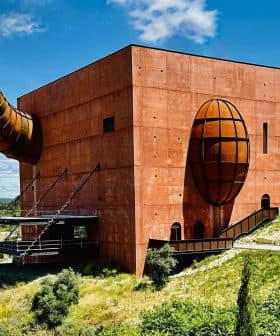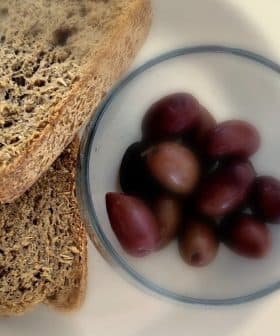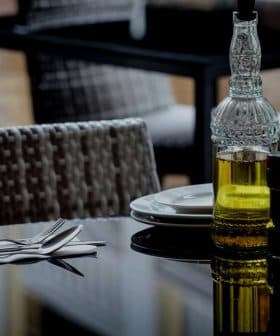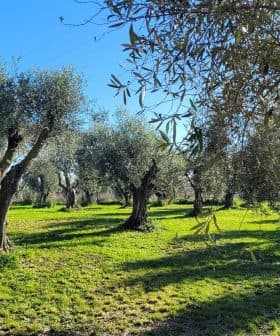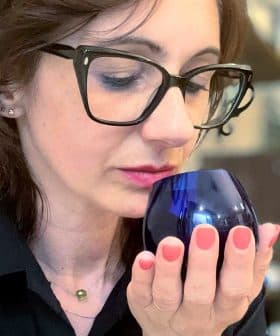One of the Oldest Examples of Nonnative Olive Cultivation Uncovered in Jordan Valley
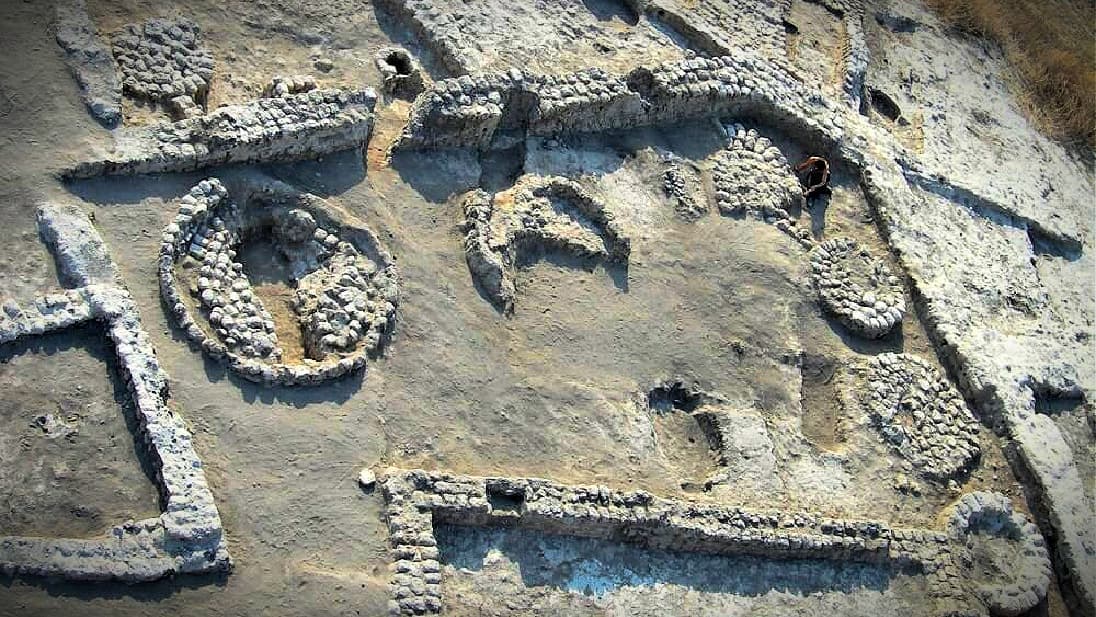
New evidence has emerged of cultivated olive groves dating back 7,000 years in the Central Jordan Valley, about 32 kilometers south of the Sea of Galilee in present-day Israel, with a new study investigating ancient settlements and remains in the Tel Tsaf area showing a prosperous society growing wheat, barley, and olives. The research, published by Scientific Reports, suggests that olive cultivation began in northern Israel almost 8,000 years ago, with a wealthy society at Tel Tsaf engaging in full-fledged olive cultivation and complex economic systems involving surplus and wealth accumulation.
New evidence has emerged of cultivated olive groves dating back 7,000 years in the Central Jordan Valley, about 32 kilometers south of the Sea of Galilee in present-day Israel.
A new study has investigated ancient settlements and their remains in an area known as Tel Tsaf, finding that there was a prosperous and flourishing society at the time dedicated to growing wheat, barley and olives.
It is the earliest known evidence of olives being farmed outside their naturally-occurring range.
According to the archeologists who worked on the research published by Scientific Report, it is one of the earliest examples of humans growing olives.
“To describe it, [we can say] that it is the earliest known evidence of olives being farmed outside their naturally-occurring range,” Dafna Langgout, from the Institute of Archeology at Tel Aviv University and co-author of the study, told Olive Oil Times.
See Also:2,300-Year-Old Olive Oil Lamp Unearthed in the West BankAmong hundred of charred wood samples collected on the site, archeologists identified many olive remains.
While seeds and fruits found in a specific location may come from other regions, it is believed that recovering the remains of wood means that the plant must have grown in the vicinity, the researchers explained in the paper.
“Tellingly, the Central Jordan Valley is located outside the natural distribution area of wild olives,” they wrote. “Consequently, the recovery of charred olive wood remains at Tel Tsaf provides strong evidence for olive orchards near the site. A few charcoal remains of olive as well as some olive stones were also reported in previous studies.”
In neighboring regions, wild olive trees used to thrive with many other species, such as oaks, tamarisks, white acacia and pistachios. In Tel Tsaf, though, the olive trees were imported by the local population, a phenomenon which also shows that olive planting knowledge had been established.
The study focuses on archeological and botanical evidence, which “suggests that olive cultivation began in northern Israel (Carmel coast and the Galilee) almost 8,000 years ago.”
The scientists believe that it mainly concerned wild olive species.
“A few centuries later, at the beginning of the Middle Chalcolithic period… the settlers of Tel Tsaf engaged in full-fledged olive cultivation, indicated by their location outside Olea Europaea’s natural distribution,” researchers wrote. “To accomplish this geographical shift, a transfer of both knowledge and genetic olive material from northern Israel to the Central Jordan Valley must have occurred.”
The research found that the local population was deeply involved in agriculture, having built large structures to stock food, mostly cereals. The study’s authors explained that each building of the settlements had four to five rounded silos, amounting to a 20 to 30 tons storage capacity.
“They greatly exceeded the inhabitants’ needs, indicating the operations of a complex economic system of surplus and wealth accumulation,” the researchers wrote.
See Also:North Africans Ate Olives 100,000 Years Ago, Evidence SuggestsSuch complexity is due to a “sophisticated system of production, possibly including fertilizers, irrigation systems and field management practices, such as incorporating fallow periods into the crop rotations,” they added.
That also shows a society that could plant new crops, such as olive trees, the yields of which would have required years to develop.
According to Langgout, the Tel Tsaf society was unusually wealthy compared to others, “living in a mode of survival.”
“They had time to invest in something with a long-term investment with a relatively delayed return,” the researchers wrote. “It is possible that a fruit tree plantation would not assume its full yield potential within the short adult lifetime of the planter 7000-years-ago, due to the long juvenile period of some of the fruit tree types.”
The researchers believe that olives constituted one luxury item that could have played a role in trading with other populations.
“Cultivated olive and fig trees produced products with long shelf lives, like table olives, olive oil, and dried figs and, therefore, are highly suitable for long-distance trade and taxation, leading eventually to the accumulation of wealth and a more complex social-economical organization,” Langgout said.
Even though earlier studies conducted in adjacent areas of the region have shown the existence of ancient olive mills at the time, researchers can not tell if any olive presses were present in Tel Tsaf.
While olive oil production would have been possible in Tel Tsaf then, there is no certainty nor any hint on how the product would have been stored.
“We have no evidence at the Tel Tsaf site of olive oil production,” Langgout said, noting that archeologists did not find olive waste or olive oil presses at the time.


